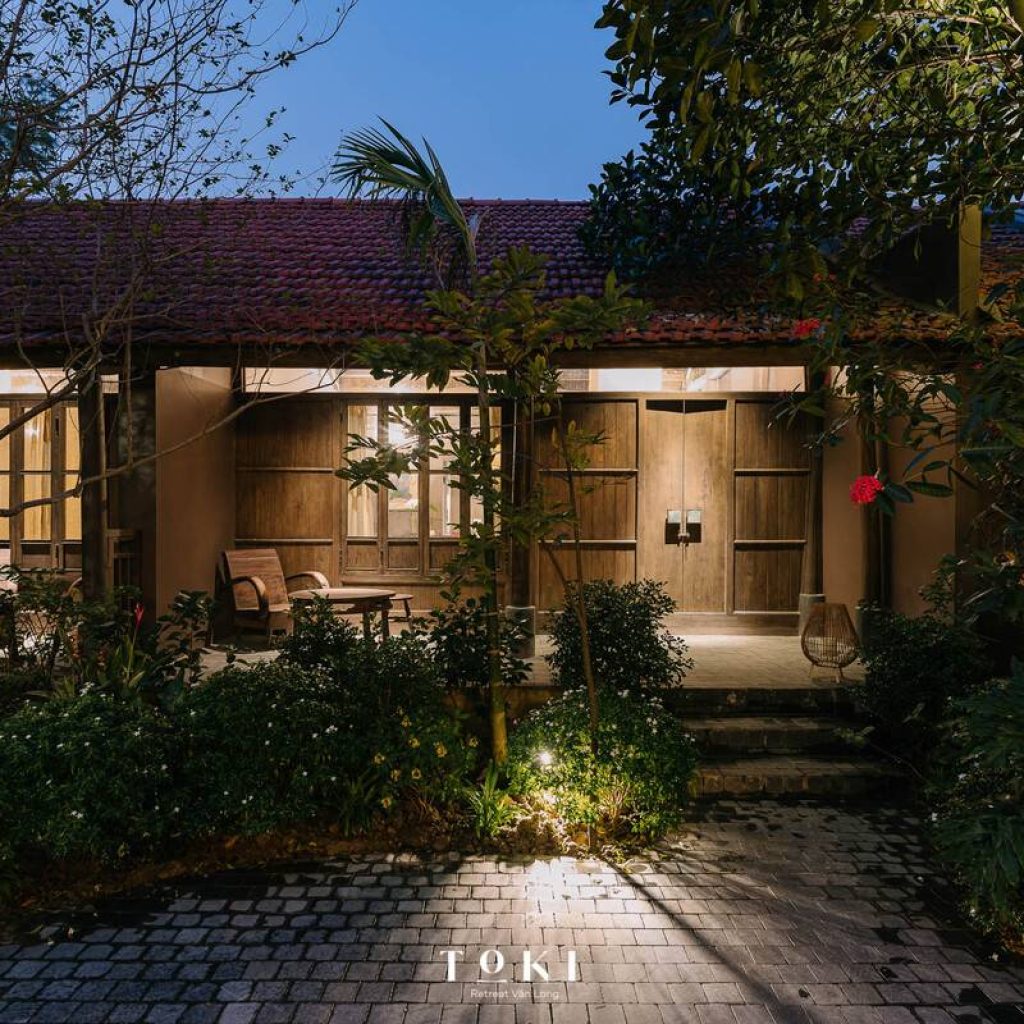
Toki Retreat
Toki Retreat Van Long is a tranquil hideaway nestled in the serene landscape of Van Long Lagoon — fondly known as the “bay without waves”
Ninh Binh is an ideal destination for those who love nature, culture, and history. With the breathtaking landscapes of Trang An, Tam Coc – Bich Dong, and Mua Cave, Ninh Binh offers a peaceful, poetic, yet majestic atmosphere. Often referred to as the “Halong Bay on land,” this region boasts a perfect blend of limestone mountains, caves, and waterways.
In addition to its natural beauty, Ninh Binh attracts visitors with its rich cultural and spiritual values. The ancient capital of Hoa Lu, Bai Dinh Pagoda, and traditional festivals are perfect places to explore Vietnam’s historical heritage. Convenient transportation, flavorful local cuisine, and fresh air make Ninh Binh a must-visit destination in any season.
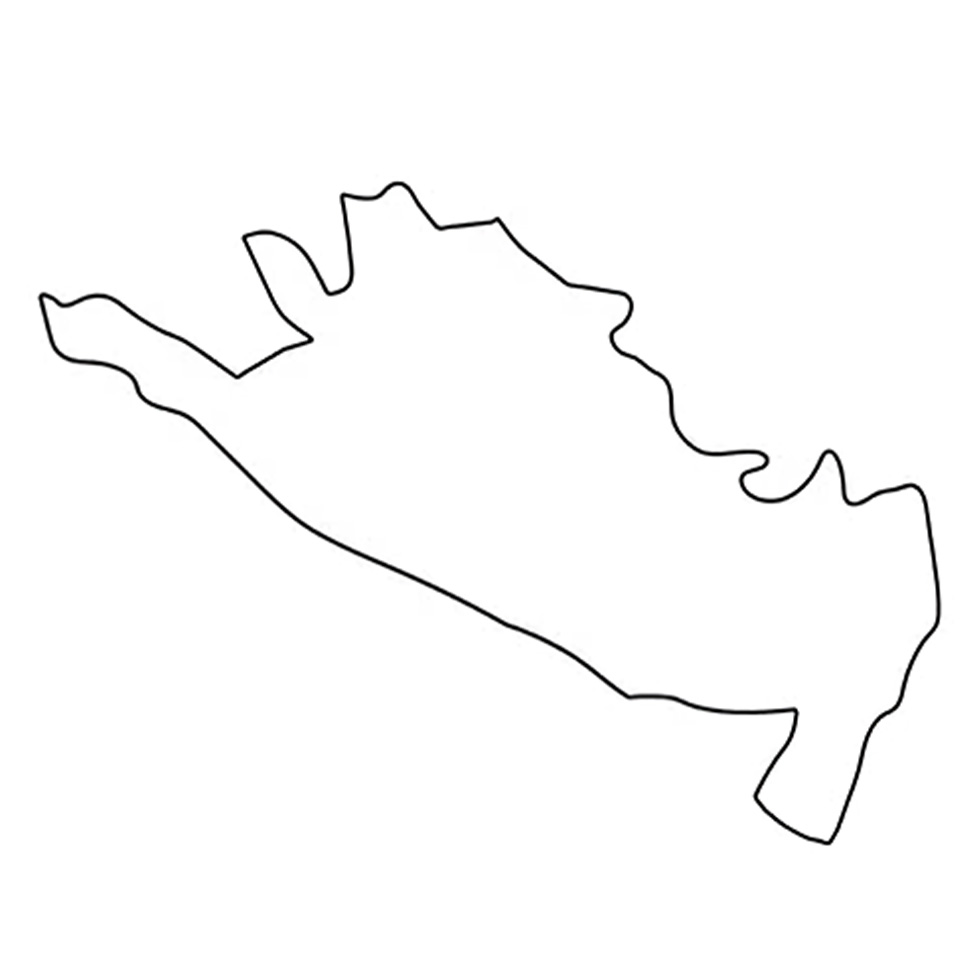

Toki Retreat Van Long is a tranquil hideaway nestled in the serene landscape of Van Long Lagoon — fondly known as the “bay without waves”
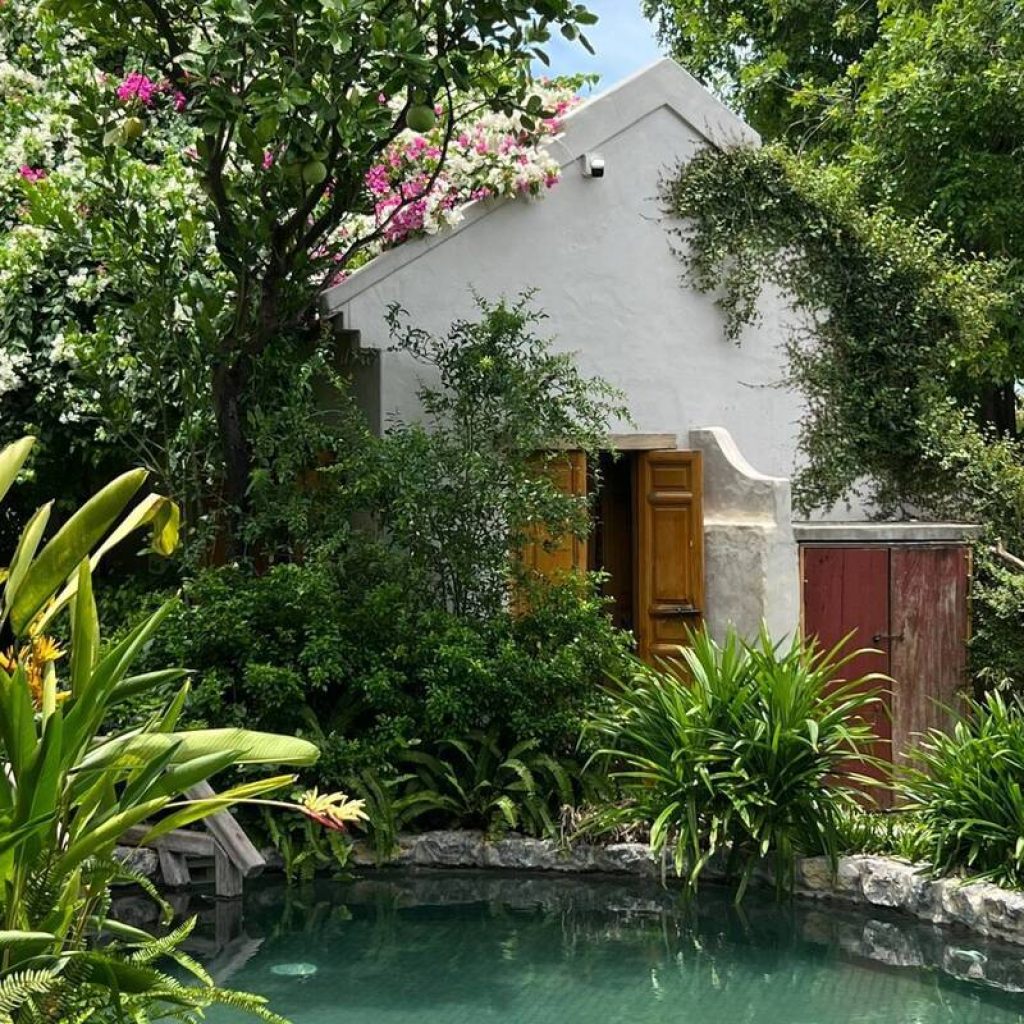
Toki Cottage Đam Khe – tucked away in the peaceful village of Đam Khe, Ninh Hai Commune (Hoa Lu, Ninh Bình) – is a dreamy

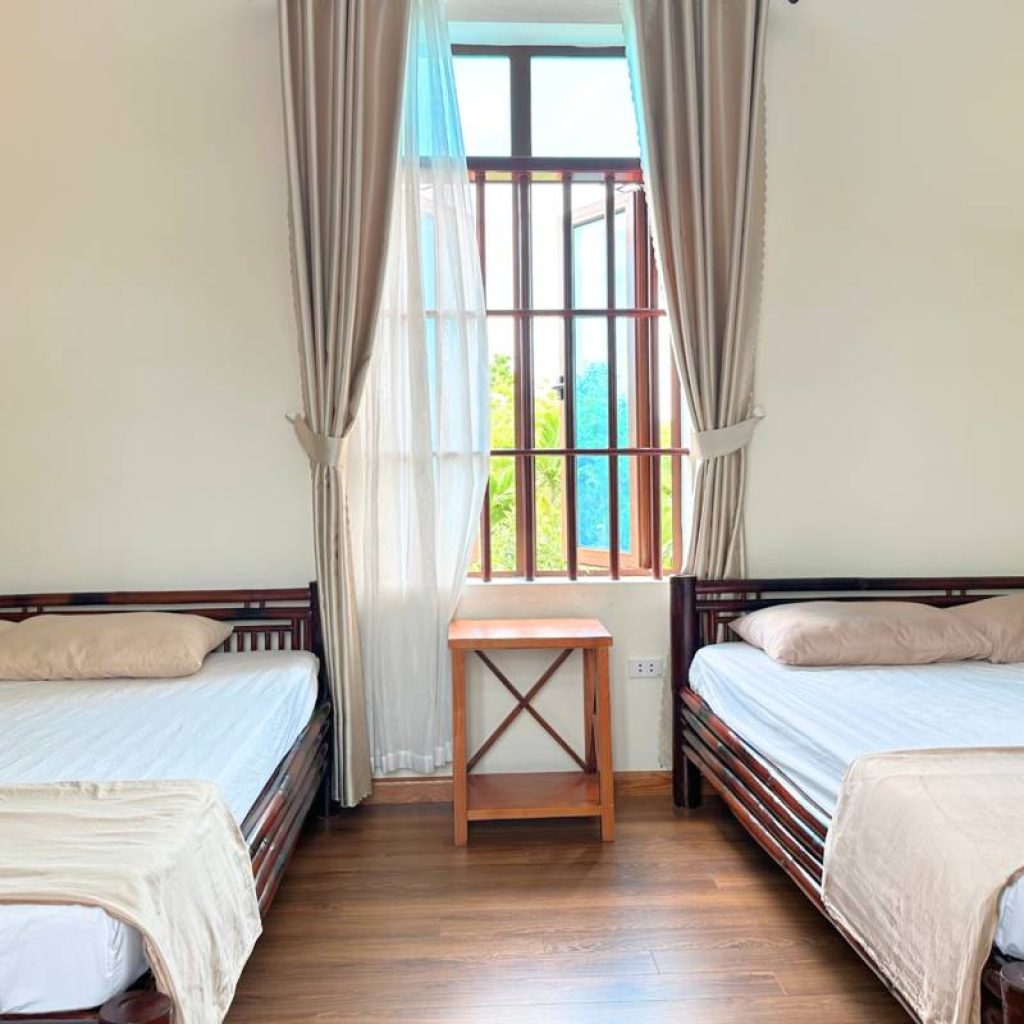
Looking for a place to escape the hustle and bustle of daily life, find peace, relax, and reconnect with authentic values?Ecohost Hải Trung warmly invites
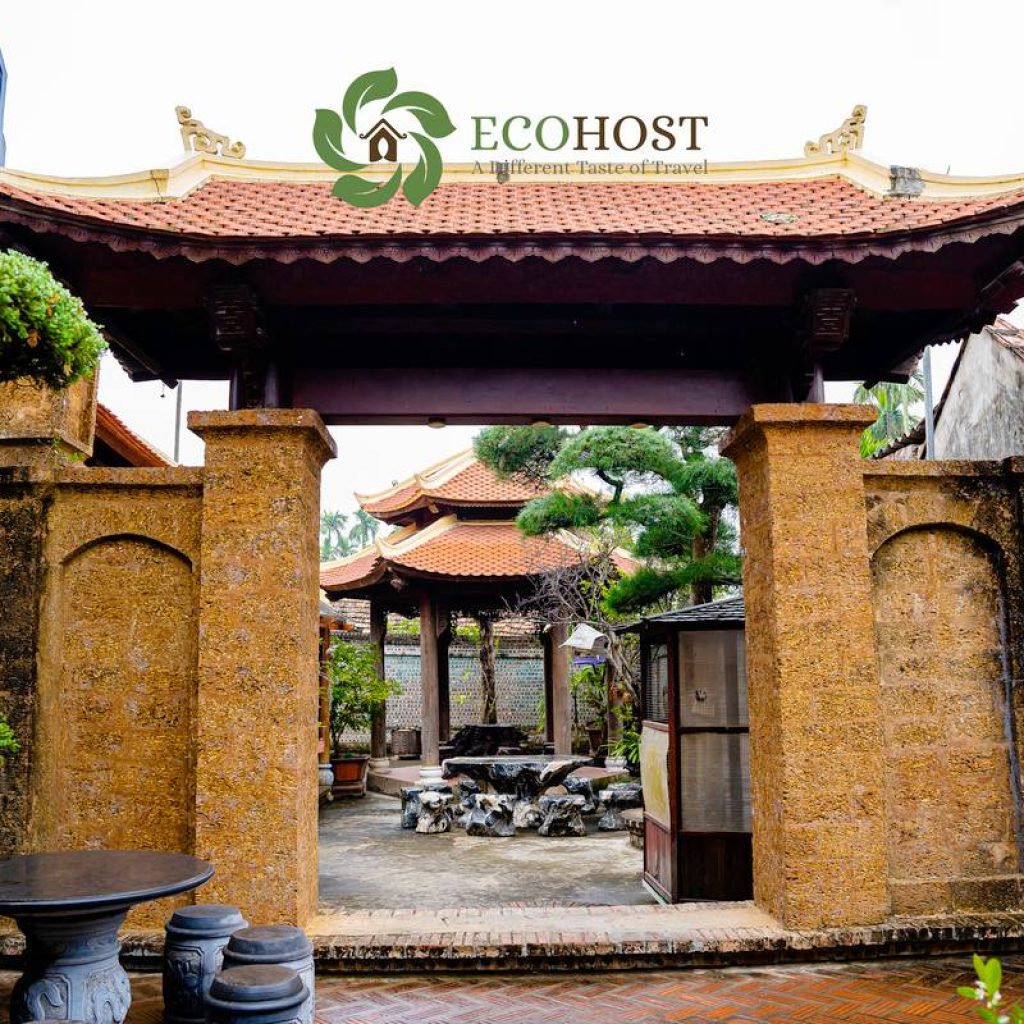
🏡 Ecohost Truc Thang – A Tranquil Northern Vietnam Hideaway Tucked away in the peaceful countryside of Minh Thai Commune, Ninh Binh Province, Ecohost Truc
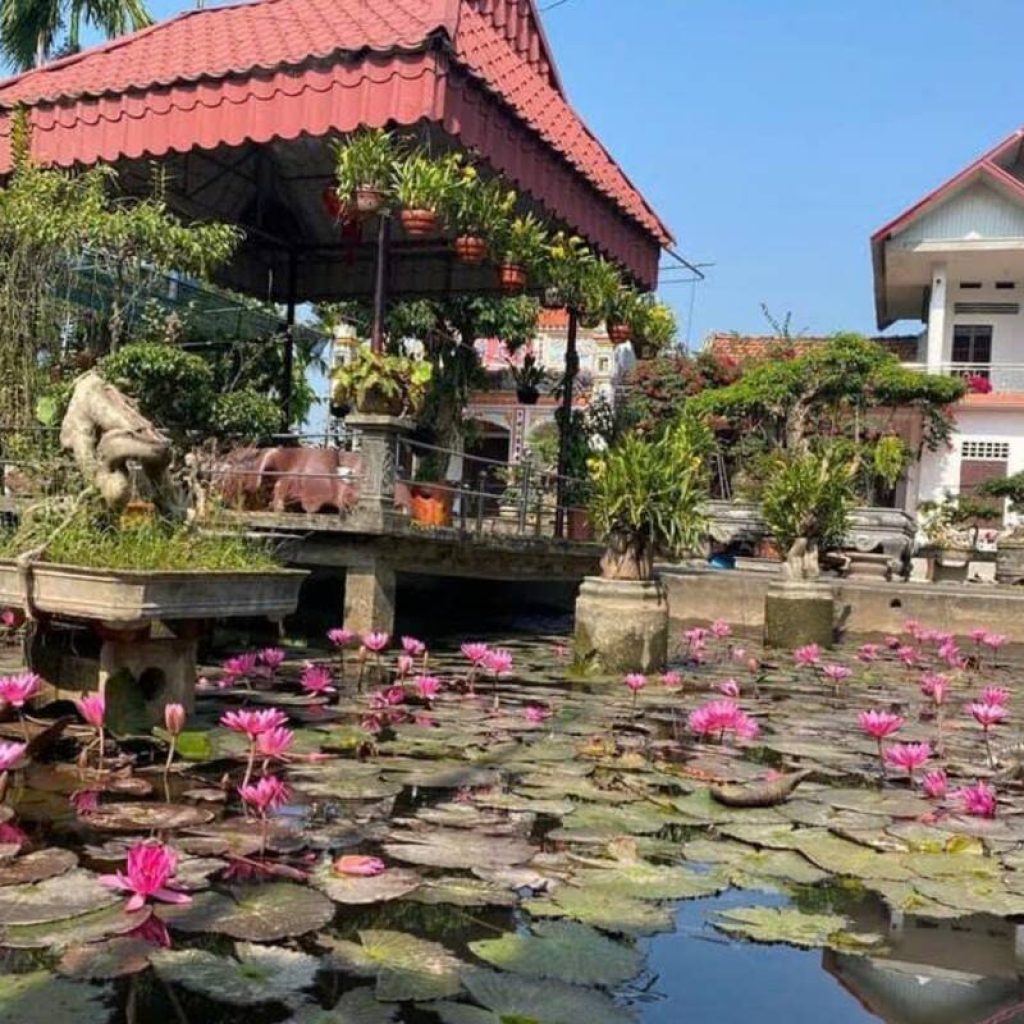
🏡 Hai Van Homestay – A Peaceful Retreat by Nature Nestled in the heart of the countryside, Hai Van Homestay offers a warm and welcoming
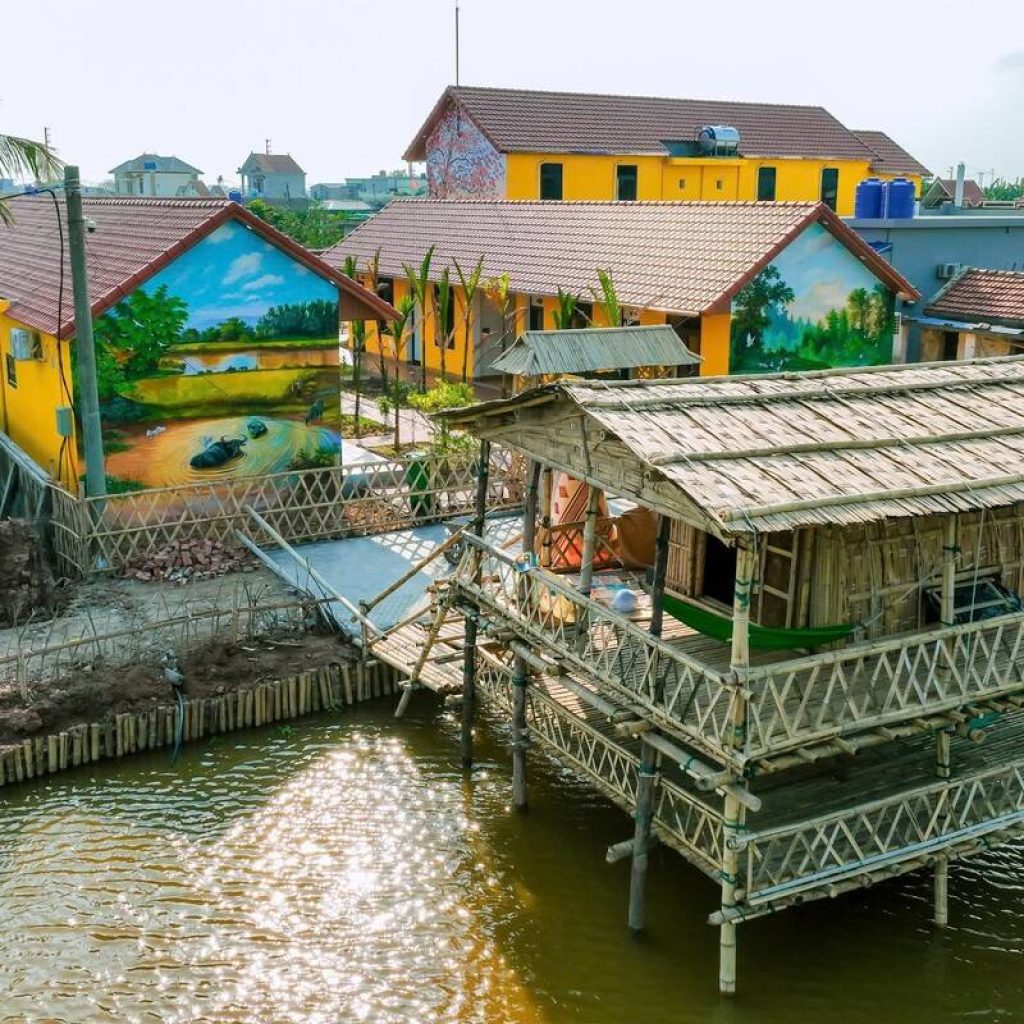
🌿 An Eco Homestay – Where Nature, Community, and Conservation Meet Located on the edge of the mangrove forest within the Xuan Thuy National Park
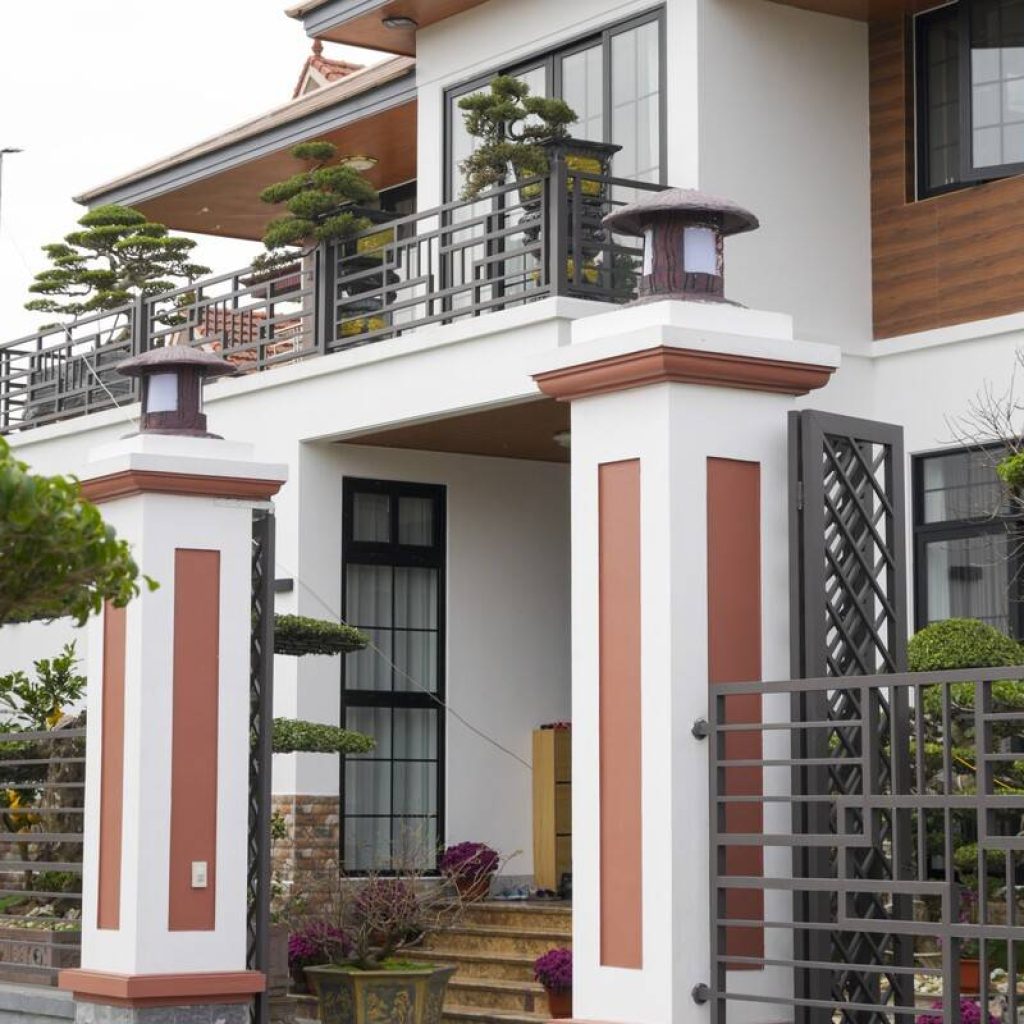
Ecohost Hai Hung – A Serene Dutch-Inspired Villa in the Heart of Northern Countryside Nestled in Hai Hung Commune, Ninh Binh Province, Ecohost Hai Hung
Ride a boat through magical caves and winding rivers nestled between majestic limestone mountains — a journey that feels like stepping into a fairytale world.
Conquer nearly 500 steps to the top of Mua Cave to admire sweeping views of rice fields, the Ngo Dong River, and majestic limestone peaks – one of the most stunning scenes from above.
Discover the historical relics of the Dinh and Le dynasties, where traces of Vietnam’s first capital, Dai Co Viet, are still preserved.
Visit the giant Buddha statue, the longest Arhat corridor in Asia, and experience the serene and sacred ambiance of this mountain-side complex.
Ecotourism in Ninh Binh offers a close-to-nature experience. Visitors can enjoy boat rides, forest trekking, cave exploration, and learning about local culture – all in a peaceful and fresh environment. It is an ideal destination for those seeking relaxation and a chance to reconnect with nature.
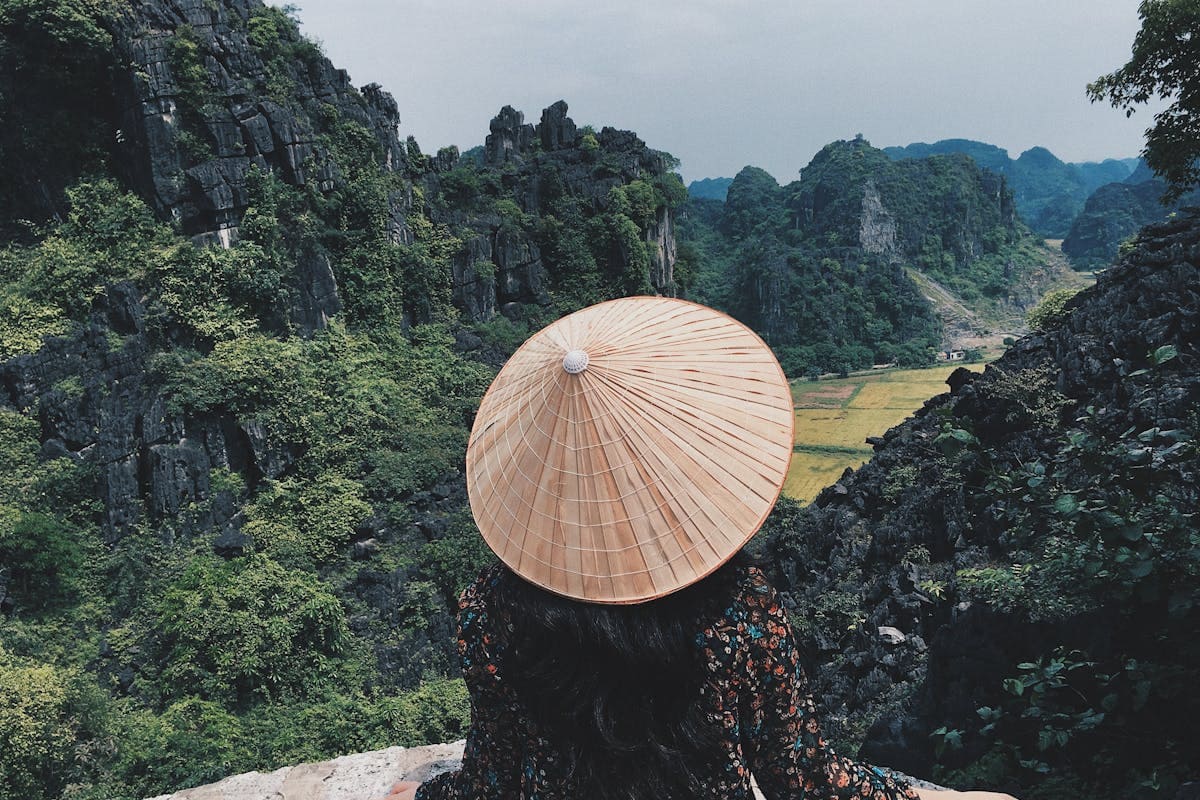
The best time to visit Ninh Binh is during spring (January–March) and early summer (May–June).
Avoid the rainy season (July–September) if you’re not comfortable with wet weather or plan to hike or go boating.
A UNESCO World Heritage site featuring a majestic system of rivers, mountains, and caves. Visitors can take a boat ride through the caves and enjoy the layered scenery of limestone mountains.
Dubbed the “Halong Bay on land,” this area is famous for its rice fields along the Ngo Dong River. Bich Dong also houses an ancient pagoda nestled uniquely in the mountainside.
A popular check-in spot with nearly 500 steps leading to the mountain peak. From here, you can enjoy a panoramic view of the picturesque Tam Coc landscape.
The largest pagoda complex in Vietnam, known for its massive Buddha statues and impressive architecture. It is also a major spiritual tourism site attracting many visitors.
A historical site associated with the Dinh and Le dynasties, preserving many ancient relics and valuable cultural heritage.
Vietnam’s oldest national park, renowned for its rich biodiversity. Visitors can go trekking, explore prehistoric caves, and visit the endangered species rescue center.
Planning a community trip to Ninh Binh is a great way to explore the natural beauty, cultural heritage, and peaceful countryside of Vietnam. With careful preparation, your journey will be both meaningful and sustainable.
Staying at locally-run homestays not only brings you closer to the local culture but also helps protect the environment and support community development.

Ecohost Vietnam is a pioneer in consulting, implementing, and operating community-based tourism models across the country. We connect local resources with international expertise to build a sustainable, efficient, and distinctive community-based tourism ecosystem.
Ecohost Information
Address: 4th Floor, Building 31B, Van Mieu Street, Van Mieu – Quoc Tu Giam Ward, Hanoi
Hotline: +84 81 219 8228
Email: [email protected]
Working Hour:
Monday – Friday: 8:30 – 17:30
Saturday: 8:30 – 12:30